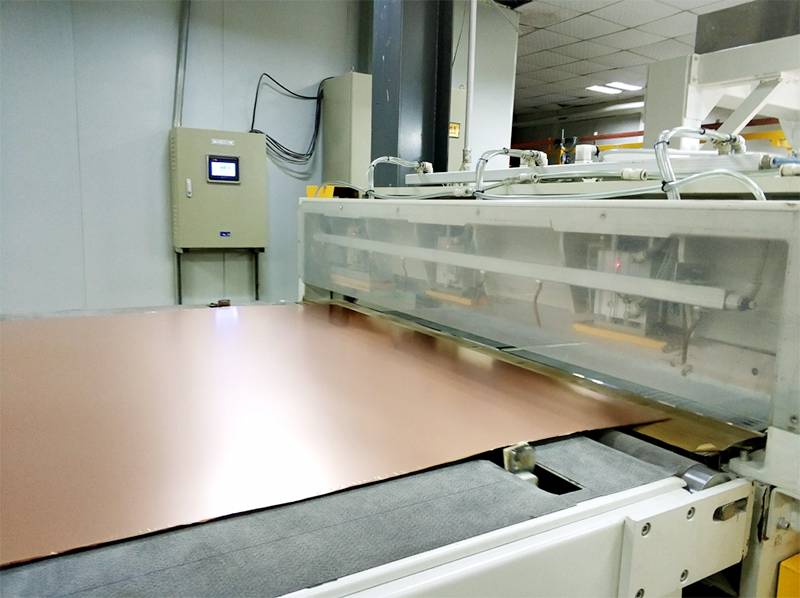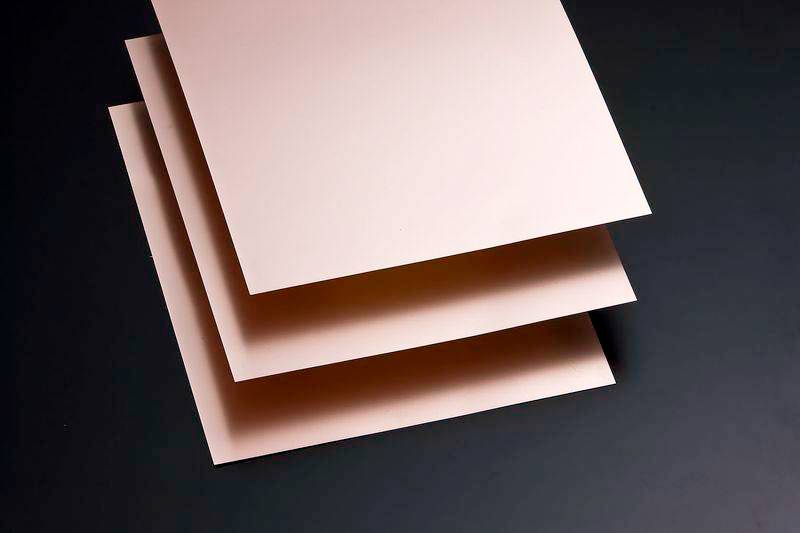The moisture of the insulating plate on the surface of the insulating material has a very sensitive effect on its surface resistance. In particular, the adsorption force of water-absorbing substances such as polar materials on water is greater than the cohesion of water molecules, and it is easy to form a continuous water layer on the surface and reduce the surface resistance. The size of the insulating material resistance is also sensitive to the content of impurities in the insulation material. Most of the raw materials in the insulation material have impurities. Some impurities will be introduced in the manufacturing. These impurities directly increase the conductive ions inside the insulation material, making the insulation resistance. Reducing the insulating plate resistance depends on the surface resistance and volume resistance of the sample. The measurement of volume resistivity is often used to check whether the production of insulating materials is consistent, or to detect conductive impurities that affect the quality of materials. Volume resistance refers to the quotient of the DC voltage applied between the two electrodes placed on the opposite surfaces of the sample and the steady-state current flowing between the two electrodes. Insulating plate does not include the current along the surface of the sample. The polarization formed is negligible. For materials with a volume resistivity of less than 10109 m, the steady state is usually reached within 1 min, so it is generally measured after 1 min of electrification. The volume resistivity is the quotient of the strength of the DC electric field and the steady-state current density in the insulating material, that is, the volume resistance per unit volume, and the SI unit is 9 m. The surface resistance of insulating plate refers to the voltage applied between the two electrodes on the surface of the sample The quotient of the current flowing between the two electrodes during the specified electrification time. The polarization that may be formed on the two electrodes neglects the improper surface resistance. It often changes in an irregular manner and is usually very dependent on the electrification time.

Therefore, the measurement of insulating plate usually stipulates that the electrification time is 1 min. Surface resistivity is the quotient of the strength of the DC electric field and the linear current density in the surface layer of the insulating material, that is, the surface resistance per unit area. The size of the area is not important. Due to the more or less volume conductance included in the surface conductance test of the insulating plate, it is impossible to measure the surface resistance or surface conductance accurately but only approximately. The measured value mainly reflects the characteristics of the surface contamination of the tested sample, so the surface resistivity of insulating plate is not a real material characteristic, but a parameter related to the material characteristics when the surface of the material contains pollutants. Some materials, such as laminates, may have different resistivities in the surface layer and inside, so it is meaningful to measure the surface resistance of the cleaning, and at the same time, the effect of solvents or other factors on the surface characteristics during the cleaning process should be recorded.
The commonly used method for measuring high resistance is the direct method or the comparative method. The direct method of insulating plate is to measure the DC voltage applied to the sample and the current flowing through it (voltammetry) to obtain the unknown resistance. The comparison method is to determine the ratio between the unknown resistance of the sample in the bridge circuit and the known resistance of the resistor, or to compare the current through the two resistors at a fixed voltage. For a resistance not greater than 101g, a galvanometer or voltmeter can be used to determine the volume resistivity. For higher resistance, a DC amplifier or electrometer is recommended. There are some special circuits and instruments for measuring high resistance. When measuring the volume resistivity, the shape of the sample is not limited, as long as it can allow the use of the third electrode to offset the errors caused by surface effects and volume effects. Insulating plate is the dielectric loss. Dielectric loss is the loss caused by the leakage conduction current caused by the conductance in the dielectric and the energy loss caused by the periodic polarization of the dielectric. This is because the charged particles in the dielectric are moving under the action of AC voltage and part of the energy they absorb in the electric field is transferred to the surrounding molecules, so that the energy of the electric field is converted into the thermal oscillation of the molecule. There are three kinds of current flowing in the dielectric, instantaneous charging current, absorption current, leakage conduction current. When an alternating voltage is applied, the instantaneous charging current can only produce the capacitive current I. The leakage conduction current is in phase with the voltage; the absorption current formed by slowly relaxing polarization has both active and reactive current components. The voltage is in phase, it can cause dielectric loss, and the vector relationship between the current flowing in the dielectric and the voltage is shown in Figure 1-1. The complementary angle 6 of the phase angle difference φ between the insulating plate and the voltage is called the loss angle. The tangent tan6 is called the dielectric loss tangent value. In electrical engineering, tanb is commonly used as a parameter to measure dielectric loss, which is an important dielectric property of insulating materials.


.jpg)
